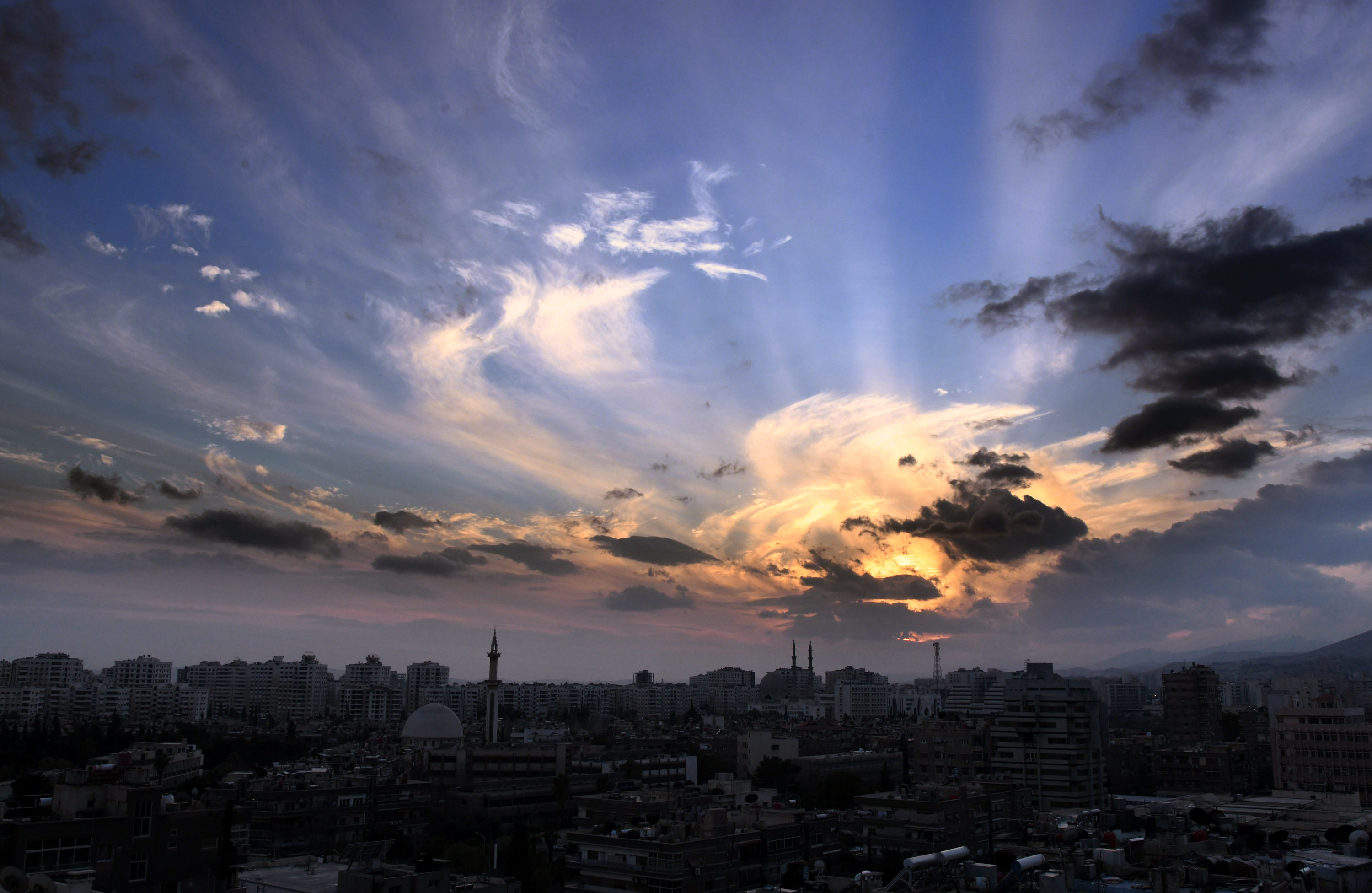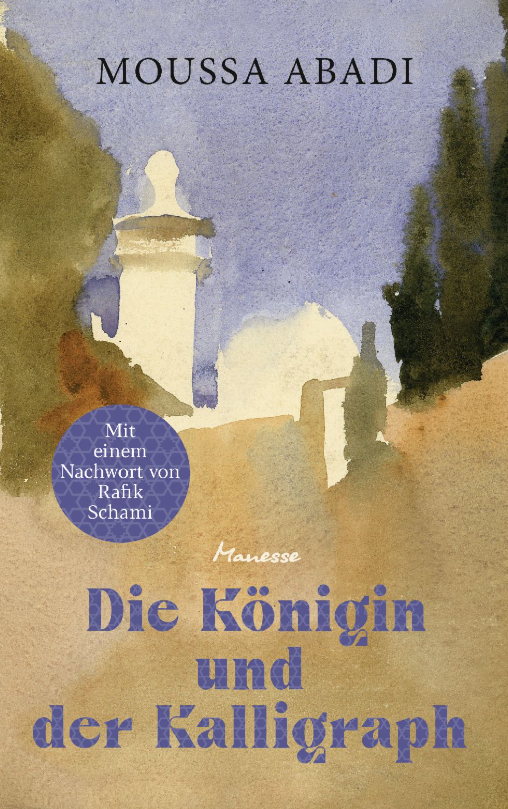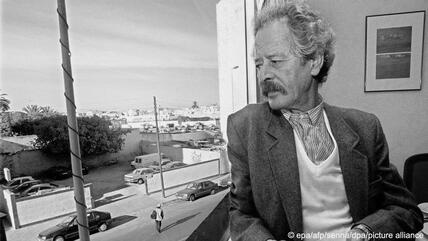Multi-religious life in the Jewish Quarter of Damascus

The question of how people of different faiths can live together peacefully is probably older than monotheism itself. Today, it can sometimes seem unsolvable, yet the answer is so simple: by accepting one another. Of course, this does not work as soon as the pursuit of power and politics come into play, and as soon as people and religions are instrumentalised and set against each other.
But it has worked at least occasionally throughout history, for example in Damascus around a hundred years ago. For a long time, Syria was a complex multi-ethnic region in which Christians, Jews, Muslims and numerous other religious groups got along with each other largely without any problems. Based on his childhood memories, the Jewish-Syrian author and theatre actor Moussa Abadi (1910-1997) examines this period in his book ‘The Queen and the Calligrapher’.
Originally published by Manesse in French in 1994, later in Arabic and now translated into German by Gerhard Meier, this volume is a literary gem of much-needed international understanding. Its status as a piece of timeless global literature would be assured for this reason alone, but it's also thanks to the playful and humorous way Abadi succeeds in bringing the Jewish quarter of Damascus to life – a quarter that no longer exists, as Rafik Schami makes clear in his afterword.
Schami, born in 1957, grew up in a street parallel to the Jewish high street that Abadi so colourfully describes. Today, he says, only twelve Jews still live there, many houses have been destroyed, and others are inhabited by Hezbollah supporters. Back then, the Jewish community numbered almost nine thousand people, and there were synagogues and Jewish schools in the heart of Damascus.
"This book," writes Rafik Schami, "which describes a concrete past, shows the humanistic image of a future society in which all people live together as equals, freely and openly, without having to justify themselves because of their religion, gender or ethnicity." In a more sensible world, this would also be a matter of course. Why should you be forced to justify what you generally don't even choose for yourself? The very idea is absurd and yet, unfortunately, a daily reality.

Interreligious dialogue in everyday life
The fact that Moussa Abadi adopted such a deeply humanistic attitude is by no means a coincidence, and its not solely due to his experience of the early years of freedom in Damascus between the end of the Ottoman Empire and the beginning of the French occupation. After living through the start of the Second World War as a student at the Sorbonne, he fled to Nice where, alongside his partner and a few supporters, he protected more than five hundred Jewish children from certain death by hiding them from the Nazi invaders. After the war, he worked for decades as an actor, author and cultural journalist.
‘The Queen and the Calligrapher’ consists of twenty-six short episodes or stories in and around the Jewish quarter, which was referred to at the time as a “ghetto” before that term had negative connotations and was associated with the horrors of the Holocaust. In reality, the Jewish Quarter was an open and accessible neighbourhood around a central high street.

The absurdist frame
In Mohamed Choukri's varied and experimental collection "Tales of Tangier" the hyperreal meets the bizarre. The off-kilter stories put forward by the late author seem to be set spinning on their edges, so fast and wild they might just fly off the page
With a loving and sometimes nostalgic eye, Moussa Abadi tells of Jewish-Muslim-Christian life in the city through all kinds of quirky characters and episodes. For example, the story of an attempt to set up a school with three classes. The attempt fails because no one checks the credentials of applicants for the teaching posts. One of the new teachers empties the classroom of furniture, sits down on the floor in front of the pupils and fries a fish - whether this is a symbolic way of teaching the children is up for debate.
The titular queen, meanwhile, turns out to be an impostor, albeit a very rich and generous one, which is why the people in the neighbourhood remember her fondly in retrospect despite her far-fetched stories. Each of these stories is worth reading because they bring a bygone era back to life, and because they demonstrate how interreligious dialogue works in everyday life: by simply taking your fellow human beings as they are.
Moussa Abadi: The Queen and the Calligrapher
Translated into German by Gerhard Meier, with an afterword by Rafik Schami
209 pages, 26 EUR
Manesse Verlag 2024
Read a sample here (in German).
© Qantara.de 2024